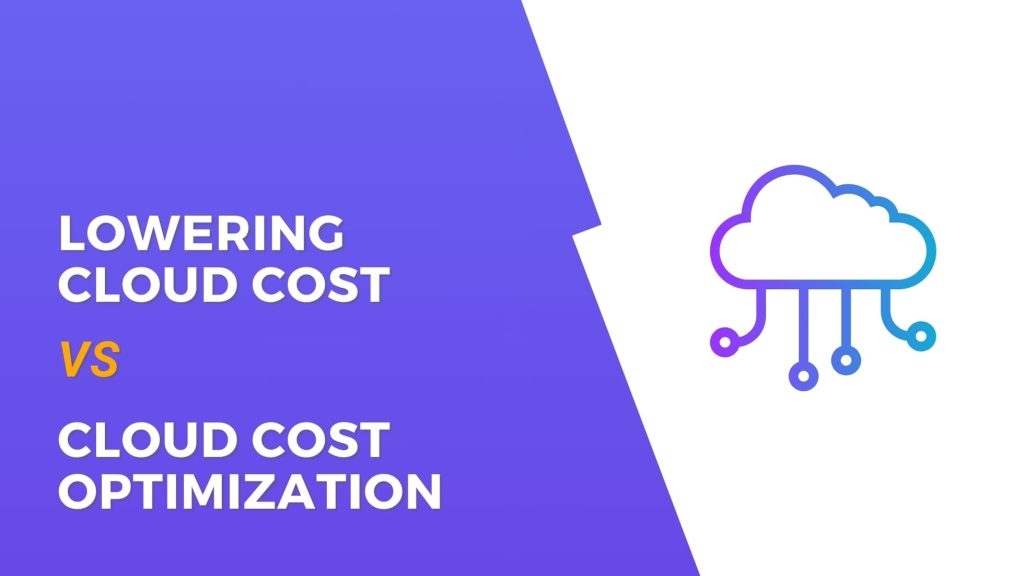In the world of cloud computing, anything related to money is a hot topic now. Through regular discussions with various clients, we’ve observed that many terms are used interchangeably without a clear understanding of their differences. Common terms include “FinOps,” “Cost Optimization,” “Cost Cutting,” and “Cost Reduction.”
The two terms that are most frequently confused and used interchangeably are “cost cutting” (or “cost reduction”) and “cost optimization.” However, these are fundamentally different concepts.
What Is Cost Cutting?
Cost cutting refers to identifying immediate waste in cloud resources that require minimal or no changes to the workload architecture. Examples of cost-cutting efforts include:
- Removing an EBS volume that has been unattached to any machine for months.
- Replacing an RDS instance running with provisioned IOPS when a general-purpose SSD would suffice.
- Converting an on-demand EC2 instance into a reserved instance.
These initiatives are typically safe to perform in isolation, requiring minimal collaboration with the teams managing the resources. They do not disrupt running workloads and can be executed quickly.
How much cost cutting can be done within a team or an organization is primarily depend on two factors:
- Cloud Maturity: How experienced the team or organization is in their cloud journey.
- Cloud Infrastructure Size: The size and scale of the cloud environment.
Regardless of the scale of the team or the infrastructure that they run, cost cutting initiatives are often one-time off activities as there is a finite number of waste one can identify to remove in any given environment. Sure it’s worth revisiting once every now and then to see what has deviated and adjust them accordingly, but you can’t run a cost cutting initiative as an ongoing activity forever.
What Is Cost Optimization?
On the contrary to “Cost Cutting”, “Cost Optimization” focuses on long-term strategies to ensure an organization maximizes the value of every dollar spent on cloud services. This involves:
- Re-architecting early cloud setups that may no longer meet current needs.
- Negotiating custom pricing with cloud providers, particularly for large-scale consumers.
A critical aspect of cost optimization is cost transparency—you cannot optimize what you cannot measure. To achieve this, organizations must implement proper tagging and cost allocation strategies to track resource usage effectively. This visibility is essential to sustain optimization efforts and realize meaningful improvements over time.
Why Understanding the Difference Matters
Recognizing the distinction between cost cutting and cost optimization is crucial. While cost-cutting initiatives offer immediate savings, they are not sustainable long-term strategies. Conversely, cost optimization provides a more durable approach, empowering organizations to tap into the cloud’s flexibility while maintaining control over expenses.
In conclusion, while cost cutting provides short-term relief, cost optimization is the key to achieving sustainable cloud cost management, ensuring that businesses derive maximum value from their cloud investments.


